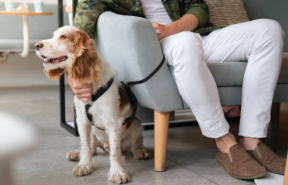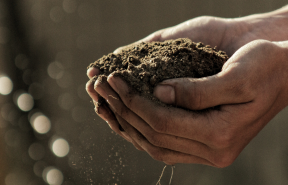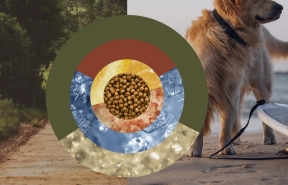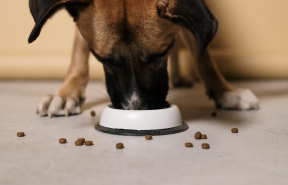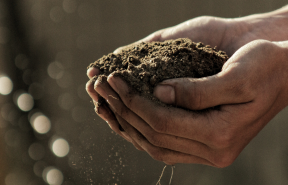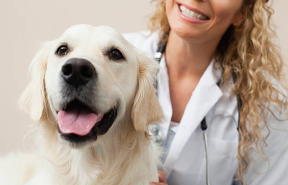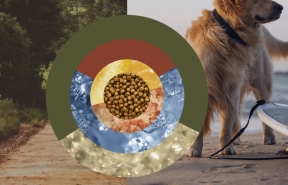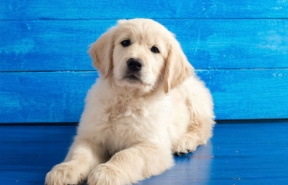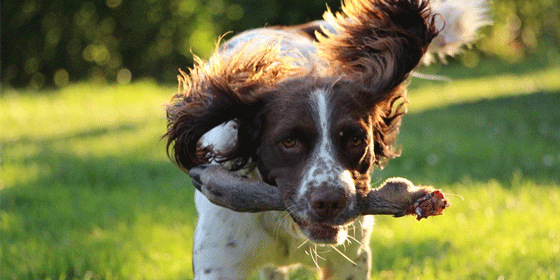When your dog is unexpectedly ill or injured it is not always possible to have him seen by a vet straight away. If you have a first aid kit for your dog and a working knowledge of first aid, you can give him on-the-spot treatment and relieve his discomfort.
Human first aid kits often lack the most important items that you may need in an emergency. The best precaution is to make up your own first aid kit and take it whenever you go away with your dog.
A suggested first aid kit should include the following items, although you may want to include some other items specifically for your dog. Remember these items are designed only for emergency first aid, which is no substitute for professional veterinary care.
Emergency phone numbers
Your vet or local animal shelter contact details to quickly access professional veterinary advice in an emergency.
Pet first aid book
Vital to be able to assess your dog's condition and provide appropriate emergency treatment.
Moist face-wipes
Handy for cleaning up the patient and yourself.
Disposable gloves
Wearing gloves is often advisable to keep your hands clean and avoid contaminating wounds.
A large roll of cotton wool
Is excellent for bathing wounds, applying pressure to stop bleeding and padding under splints and bandages.
Veterinary antiseptic
Use to disinfect hands and instruments such as scissors and syringes. Choose an antiseptic that is safe for dogs, and use only at recommended concentration levels.
Sterile dressings
Ready-to-use sterile gauze dressings which are coated in a special material which prevents them sticking to open wounds, or burns, are available in single use sealed packets from your vet or pharmacy and can be applied directly over a wound or burn.
Conforming bandages
Cling to the contours of the dog's body or limbs. Conforming bandages can be used to apply even pressure to wounds e.g. to control bleeding or to apply pressure immediately after a snakebite.
Adhesive bandages
Used as the final layer to hold everything in place and keep the dressing attached to the animal. Don't apply too tightly to the limbs or else the blood supply may be affected.
Wooden / plastic splint
For supporting and relieving the pain of a fractured or dislocated limb, prior to transporting to the vet.
Sterile syringes
Useful for flushing wounds or eyes to remove foreign bodies or dirt, and can also be used to give dogs liquids by mouth.
Foil blanket
Wrapping the patient in a foil blanket helps to retain vital body heat and prevent hypothermia associated with shock.
Salt
A weak salt solution (made up with two level teaspoons per litre of clean water) is a safe and effective antiseptic for bathing or flushing wounds.
Curved round-ended scissors
Apart from cutting dressings to size, curved scissors are ideal for clipping hair away from around the edges of a wound.
Long-handled fine tweezers
Needed to remove foreign bodies such as grass seeds, thorns and splinters.
Magnifying glass
Helpful for examining wounds for foreign bodies.
Small torch and spare batteries
Invaluable if your dog needs first aid where the lighting is poor, and is also useful for checking the eyes, ears and mouth.
Pocketknife
Has a multitude of uses, including cutting dressings, opening containers, piercing lids, cutting string or rope.
Spare collar and lead
Invaluable if you need to treat a dog other than your own.
Muzzle
Even the most trustworthy dog can become aggressive when injured. A muzzle will help prevent your dog from injuring you or anyone else while you examine, treat and transport him. Avoid leaving a muzzle on for long periods and try not to use a muzzle if the dog has head injuries or is likely to vomit. A length of gauze bandage secured firmly around the top and bottom jaws can be used as an emergency muzzle if the dog is very distressed or aggressive.
Bubble-wrap
An ideal material to place under an injured animal since it is clean, soft and waterproof. It can also be used as padding under a splint or bandage.
